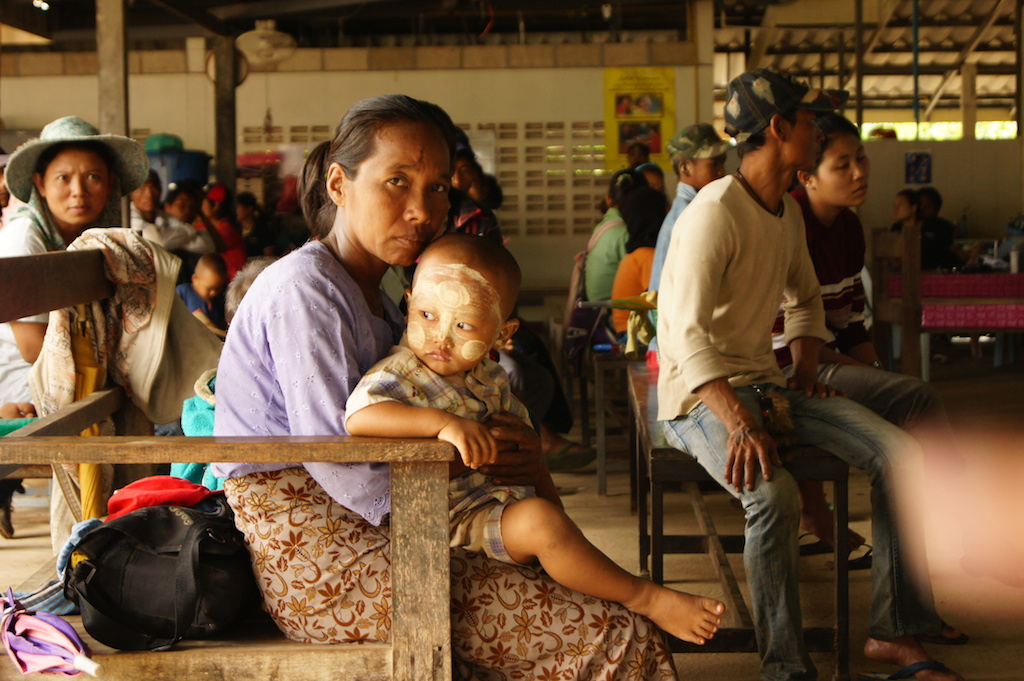AL Dose Impact Study Group
AL Dose Impact Study Group

Assessing the effect of mg/kg dosing strategies on the risk of treatment failure in patients treated with the currently recommended dose of artemether-lumefantrine (AL).
The AL Dose Impact Study Group was first established in 2011. The Study Group first met in December 2011 at the ASTMH Annual Meeting to discuss the Study Group governance and publication policy. The Study Group closed in March 2013. The latest results were presented at the 2014 ASTMH Annual Meeting in New Orleans, USA.
The artemether-lumefantrine (AL) Dose Impact Study Group found that the efficacy of the combination was lowest in young children from Asia and young underweight children from Africa, suggesting that a higher dose regimen should be evaluated in these groups. The manuscript for this Study Group was published by the Lancet Infectious Diseases in March 2015: The effect of dose on the antimalarial efficacy of artemether-lumefantrine: a systematic review and pooled analysis of individual patient data.
Briefly, data from 66 clinical trials (n=15,529) conducted between 1998 and 2012, including eight unpublished studies and 58 published, studies representing 59% of the targeted published literature on AL treatment were shared with WWARN. 61 studies (14,327 patients) were included in the final analysis. Of those patients included in the final analysis, 82.4% were from Africa, 16.5% from Asia and 1.1% from South America.
Download a presentation from the AL Dose Impact Study Group.
Artemisinin Combination Therapies (ACTs) efficacy is influenced by both the artemisinin derivative and the partner drug. The drugs should cure patients and also prevent the survival and spread of artemisinin resistant strains of Plasmodium. One of the most common partner drugs currently prescribed for uncomplicated malaria is lumefantrine. In combination with artemether, it is the first line antimalarial in 49 countries. The dosage of partner drugs must be sufficient to ensure that blood concentrations exceed the minimum inhibitory concentration of the parasite until all parasites have been killed. Although target doses are usually given as a total mg/kg over three days, in practice, manufacturers’ recommendations are often pragmatic and based upon weight ‘banding’. This approach inevitably results in some patients at the margins receiving either lower or higher dosages. Young children are particularly vulnerable to extreme total dosages especially when drug administration is based on tablets rather than paediatric formulations or suspensions. The problem is further confounded when dosing is recommended according to age bands rather than actual body weight. Preliminary modelling of dosing strategies according to known ‘weight for age’ demographics in malaria patients, suggests that the wide range of mg/kg dosing used may impact significantly on treatment efficacy and possibly safety.
- Determine the mg/kg dosing range of the clinically-adopted ACT partner drug lumefantrine
- Investigate the effects of lumefantrine mg/kg dosing on clinical outcome
- Prospective clinical efficacy studies of P. falciparum (either alone or mixed infections);
- Artemether-lumefantrine treatment with a minimum of 28 days follow up; and,
- Individual patient data on exact dosage of lumefantrine received by patients (dosage per tablets, number of tablets given per dose and duration of treatment).
- Drug manufacturer
- Whether all doses were supervised
- Whether drugs were administered with fat
After upload to the WWARN Data Repository, WWARN standardised data sets according to the WWARN Clinical Data Management and Statistical Analysis Plan and pooled them into a single database of quality-assured individual patient data. Analyses (subject to Study Group approval) included:
- Dosing strategies adopted by different studies will be reviewed and the profile of total mg/kg dose of lumefantrine defined. In those patients for whom exact treatment dosage was recorded, adherence to study protocols will be assessed
- Clinical outcome (Pf PCR adjusted and unadjusted treatment failure at day 28 and 42) will be defined and significant baseline risk factors, for example age and parasitaemia, identified; and
- The effect of mg/kg dosing on clinical outcome will be analysed after controlling for other known confounding factors, including drug source
Kaplan Meier survival analysis was used to define treatment efficacy for both univariate and multivariate analyses.
This analysis aimed to determine whether differences in current dosing strategies affect the assessment of efficacy of artemether-lumefantrine, the most important ACT currently being deployed.
The Study Group comprised participating investigators who contribute relevant data sets to the pooled analysis. Data sets remain the property of the investigator. The Study Group collectively made decisions with respect to including additional studies, data analysis and plans for publication, in line with the WWARN Publication Policy. The Study Group identified one or two people to coordinate activities including data analysis, and drafting of publications and reports for group review.
WWARN thanks the investigators who contributed individual patient data from published or unpublished clinical studies to the AL Dose Impact Study Group (see Related Documents for listing).
To ask questions about the results from this group, contact WWARN@wwarn.org.
AL Does Impact Study Group. The effect of dose on the antimalarial efficacy of artemether-lumefantrine: a systematic review and pooled analysis of individual patient data. The Lancet Infectious Diseases. June 15, 2015.

